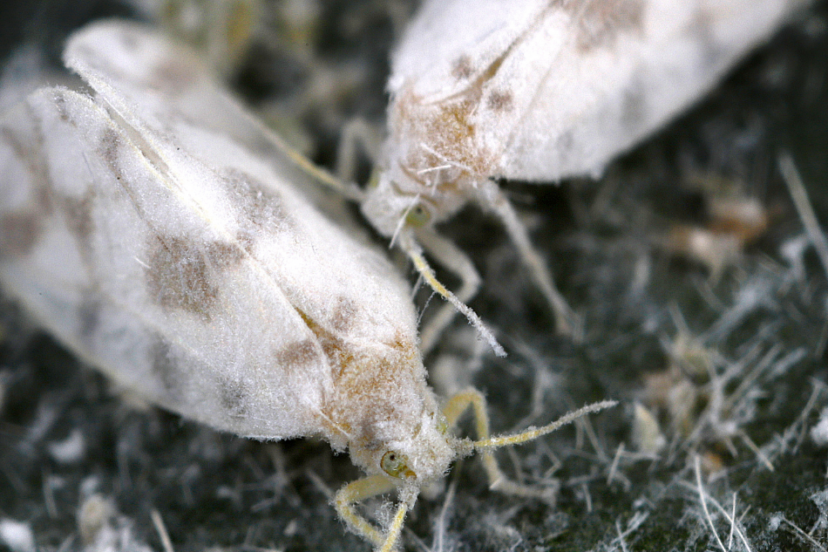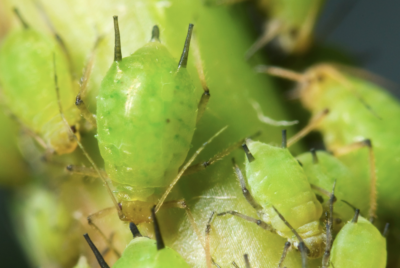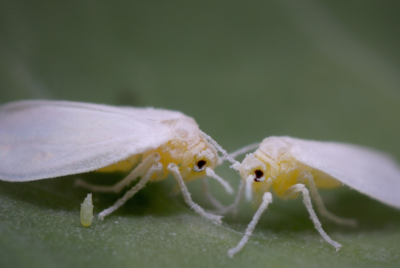Novel Strategies To Exterminate Whitefly Populations?
Exterminate the pesky Aleyrodidae populations once and for all with innovative and effective strategies! These tiny whiteflies may seem harmless, but they can wreak havoc on plants and crops, causing damage and spreading diseases. In this blog post, we will explore the latest and most promising methods to eliminate these troublesome pests. Say goodbye to Aleyrodidae infestations with cutting-edge solutions that will help protect your greenery and ensure a thriving garden!
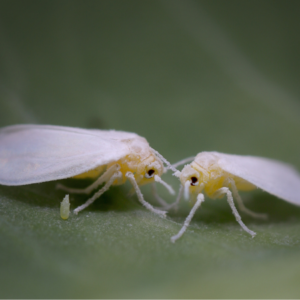
Key Takeaways:
- Exploring Biologically-Based Control Methods: Investigating natural predators, pathogens, or parasites to target Aleyrodidae populations.
- Utilizing Biopesticides: Implementing eco-friendly pesticides derived from natural materials to reduce Aleyrodidae numbers.
- Employing Trap Crops: Using specific plant species to attract and trap Aleyrodidae, preventing them from infesting main crops.
- Implementing Genetic Modification: Developing genetically modified crops to repel or kill Aleyrodidae, reducing the need for chemical pesticides.
- Considering Integrated Pest Management: Combining various strategies, such as biological control, cultural practices, and chemical treatments, to effectively manage Aleyrodidae populations.
Exterminate Whitefly Populations – The Chemical Warfare Chronicles
Going Beyond the Usual Pesticides
One of the novel strategies to exterminate Aleyrodidae populations involves going beyond the typical pesticides that are commonly used. Researchers are exploring the use of innovative chemicals that target specific enzymes or receptors in the whiteflies, making them more effective and environmentally friendly.
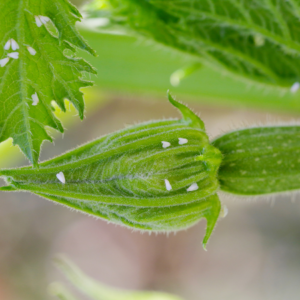
Environmental and Health Considerations
Usual considerations about the environmental and health impacts of chemical warfare against Aleyrodidae populations are crucial. Using harmful chemicals can have detrimental effects on beneficial insects, birds, and even human health. It’s important to prioritize the development of biopesticides or organic solutions to minimize the ecological footprint of pest control efforts.
Warfare against Aleyrodidae populations must be approached with caution, considering the potential consequences on ecosystems and human well-being. Opting for sustainable and targeted solutions can help mitigate the negative impacts of chemical interventions, ensuring a balanced and healthy environment for all.
Exterminate Whitefly Populations – Biological Bouncers: Leveraging Natural Predators
Recruiting Insect Allies
Natural predators can be the ultimate bouncers in the battle against Aleyrodidae populations. Ladybugs, lacewings, and parasitic wasps are like the secret agents of the insect world, silently taking down whiteflies without mercy. By introducing these insect allies into infested areas, we can level the playing field and tip the scales in favor of natural pest control.
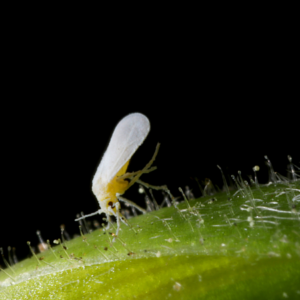
Harnessing Microbial Muscle
The use of microbial insecticides is a cunning strategy in the war against Aleyrodidae. These microscopic killers, such as Beauveria bassiana and Isaria fumosorosea, target whiteflies with deadly precision. They infiltrate the pests’ bodies, causing internal havoc and eventual demise. By exploiting the power of these microbial muscle, we can decimate whitefly populations without harming beneficial insects or the environment.
Exterminate Whitefly Populations – Technological Innovations: The Newest Bug Zappers
Genetic Tricks and Sticky Situations
Not just a fly in the ointment, the Aleyrodidae family has been a persistent nuisance for farmers and gardeners alike. However, with recent advancements in genetic engineering, scientists are exploring novel strategies to combat these pesky pests. By using genetic tricks, they are creating sticky situations for whiteflies by manipulating their DNA to make them more susceptible to insecticides or disrupt their reproductive cycles.
From Radiation to Vibrations: Alternative Tactics
To shake things up in the battle against whiteflies, researchers are exploring a range of alternative tactics. From radiation to vibrations, these unconventional methods are designed to disorient and deter whiteflies from infesting crops. By exposing whiteflies to targeted radiation or using vibrations to disrupt their mating patterns, scientists are paving the way for more sustainable pest control options.
On the cutting edge of pest control innovation, researchers are experimenting with a variety of techniques to combat the Aleyrodidae family. With a focus on disrupting their natural behaviors and breeding patterns, these alternative tactics offer a promising glimpse into the future of pest management.
Sticky situations arise when dealing with Aleyrodidae populations, but with the latest technological innovations, there is hope for more effective pest control. Researchers are pushing the boundaries of traditional methods and exploring new, disruptive strategies to tackle whitefly infestations. By combining genetic manipulation with alternative tactics such as radiation and vibrations, the war against whiteflies may soon take a positive turn.
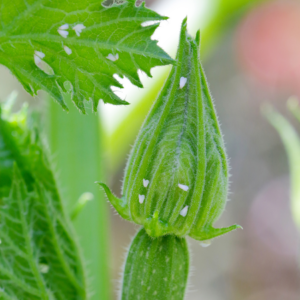
Cultural Practices: Old Tricks, New Twists
Farm Smarter, Not Harder
Harder work doesn’t always lead to better results. With respect to managing Aleyrodidae populations, sometimes a shift in perspective can make all the difference. By implementing integrated pest management techniques, farmers can reduce the need for excessive pesticide use while still effectively controlling whitefly populations. Embracing modern farming practices that focus on sustainability and ecosystem health can help farmers achieve long-term success without breaking their backs.
Intercropping and Other Clever Cultivation Strategies
An innovative approach to tackling Aleyrodidae populations involves implementing clever cultivation strategies such as intercropping. By planting a diversity of crops within the same area, farmers can disrupt the whiteflies’ feeding and breeding patterns, making it harder for them to establish large populations. Additionally, certain plant species can act as natural repellents to whiteflies, providing an eco-friendly solution to pest control.
Cultivation strategies like intercropping not only help manage Aleyrodidae populations but also promote biodiversity and soil health on the farm. By thinking outside the box and incorporating these creative techniques into their farming practices, growers can cultivate a more resilient and sustainable agricultural system.
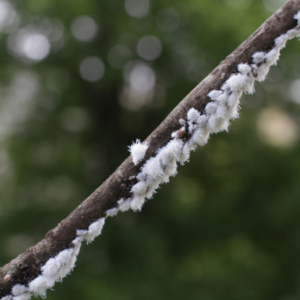
Conclusion on Exterminate Whitefly Populations
Presently, there are no innovative tactics to completely eliminate Aleyrodidae populations. However, ongoing research, such as the First report of Bemisia tabaci MEAM1 (Hemiptera, may provide new insights and strategies in the future. Until then, integrated pest management practices and biological controls remain the most effective methods for controlling whitefly populations.
FAQ’s about Exterminate Whitefly Populations
Q: Are there novel strategies to exterminate Aleyrodidae populations?
A: You betcha! There are some creative methods out there to say sayonara to those pesky whiteflies.
Q: What are some unconventional ways to control Aleyrodidae populations?
A: How about deploying natural predators like ladybugs or creating a DIY garlic spray to keep them at bay?
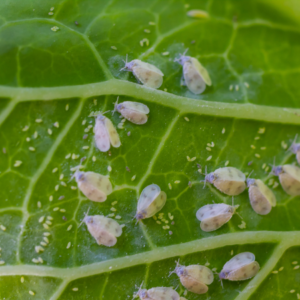
Q: Can I use important oils to get rid of Aleyrodidae infestations?
A: Absolutely! Essential oils like neem, peppermint, or eucalyptus can work wonders in deterring those persistent whiteflies.
Q: Is it true that introducing certain plants can help control Aleyrodidae numbers?
A: You heard it right! Plants like basil, marigold, or petunias not only add beauty to your garden but also act as natural repellents for whiteflies.
Q: Are there any high-tech solutions to combat Aleyrodidae populations?
A: Indeed! From ultrasonic devices to sticky traps with pheromones, there are plenty of cutting-edge gadgets to protect your plants from whitefly invasions.

